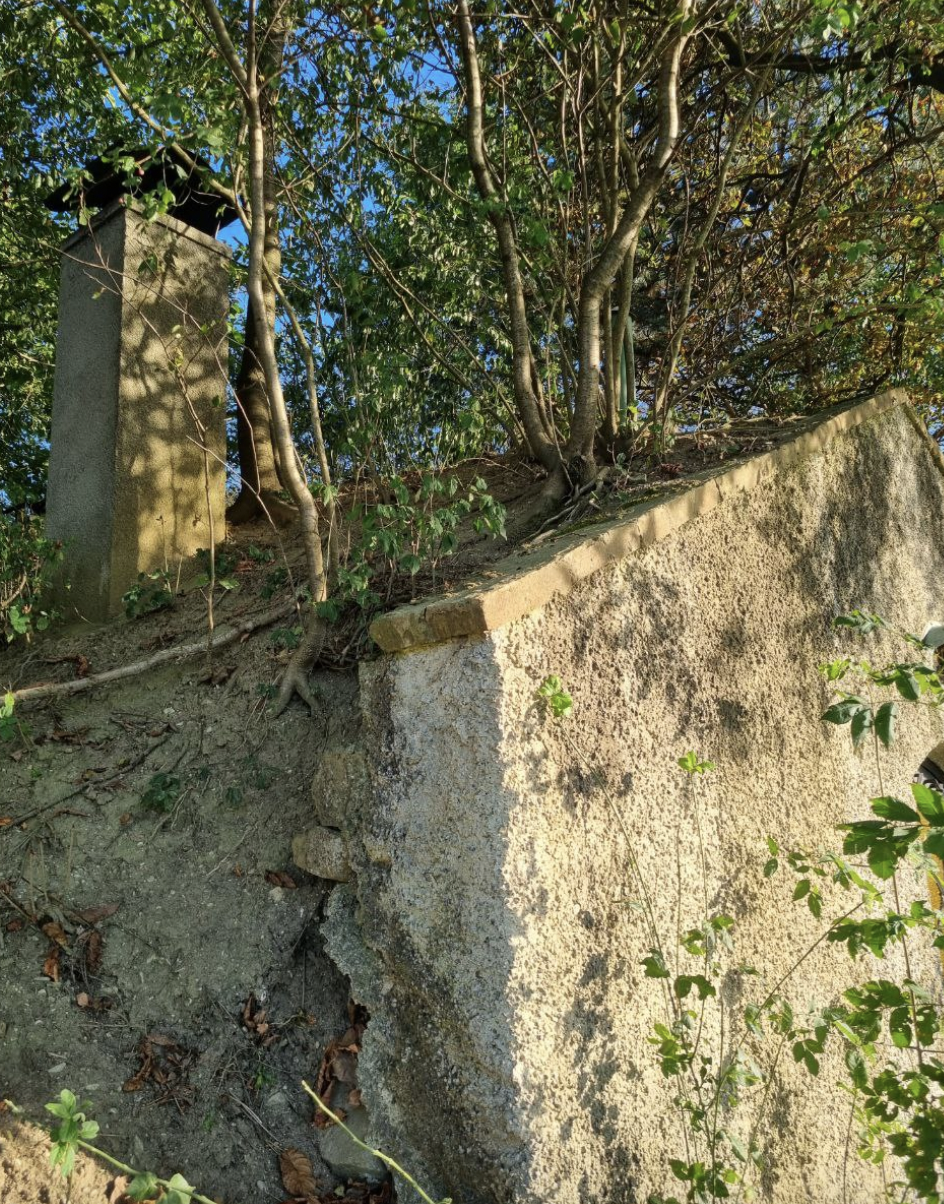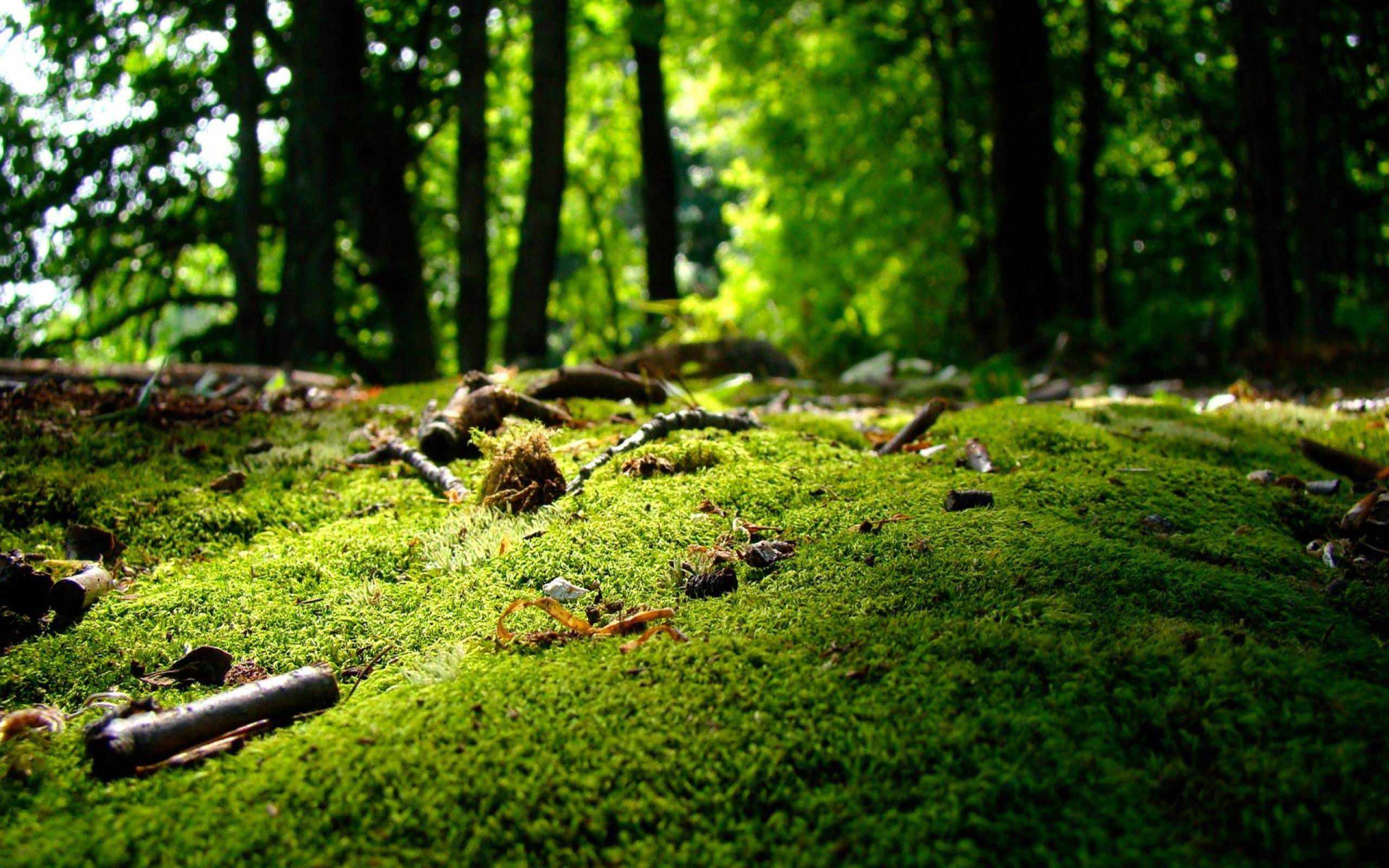Author:
Sokolova Elena
Short summary:
Explore the Siebenbründl Route: Journey through picturesque landscapes, mysterious hidden giants, old wine cellars, and protected biotopes.

.png)
The Siebenbründl route begins in front of the wooden bridge on the pond in Feldmühle. We are cycling along the Traisen and the first Big Friendy Giant tree we see on the route is a beautiful and large silver willow (Salix alba). It has a huge basal trunk that divides into many smaller branches.
From the side of the Traisen we hear the cries of ducks, inside the pond the hornwort sways.
The second tree we encounter is the biggest one in girth on this route. It is a black poplar (Populus nigra) that we name Hydra. It is the largest black poplar in St. Pölten district. The condition is not very good – there is a hole in the central trunk. But still, the tree is very impressive. In front of it there is a pink Himalayan salt left there for deer and other animals that couldn’t survive the winter without salt.


On the way to the next tree, we are admiring the pink fruit of spindle trees (Euonimous europaeus).
The next tree – field elm (Ulmus minor) – is a natural monument. It is a huge and beautiful tree. This tree was widespread in Europe but became rare throughout the last century, due to Dutch elm disease. This disease had a significant and devastating impact on elm populations in Europe and millions of elm trees were killed.
Further on, the road almost disappears and we trudge through the bushes for about 15 minutes.
A huge bug flies into Gloria's eye, and the bikes get stuck in tall grass and branches. My suggestion would be to park the bikes at the entrance of Feldmühle, and from there just walk the entire route.
We finally make it into a forest clearing, and there we see a lot of naked autumn crocuses (Colchicum autumnale) – highly poisonous but beautiful flowers. They are called naked because the flowers emerge from the ground long before the leaves appear. On the way, we see a hidden Big Friendly Giant –a huge oak tree. A little later we see another giant Oak suggesting to us that we should turn right into a tunnel.

On the other side of the tunnel, there is again another Oak. It looks older than the previous one because it is overgrown with Old Man's Beard (Clematis alba) – a white clambering plant.
On this part of the road, we have birds. There's a funny little bird in the bushes– Eurasian wren (Troglodytes troglodytes). It sings its song, as always, comically lifting its tail. A grey heron leisurely flew across the sky. Blackbirds rustling in the bushes.

My favorite tree on this route is a European hornbeam (Carpinus betulus) that we named Eressëa: The Solitary Monk. This tree is not easy to find because it is a bit far from the road. It has a massive smooth and twisted trunk and, it really looks very impressive. There is a small metal cross inglobed in the bark which brings to mind witch rituals that often involve large trees.

There are a lot of leaves and fruit of this tree on the ground.
We call the 4 plane trees that grow by the water of a pond, the Naiads. They are very tall and really resemble water nymphs from Greek mythology.

When I am in a plane trees forest, though, I always think that Tolkien's elves live somewhere near these trees.

We get out of the woods and move towards the Pottenbrunn Castle– Montessori school. There's a Tree of Heaven (Ailanthus altissima) growing near the building. That's not the only name of the tree, by the way. This tree has many names such as varnish tree, copal tree, and stinking sumac.
Then, we finally reach the beautiful and protected Siebenbründl biotope, which was declared a Natural Monument in 1993 and hosts a very delicate ecosystem with several endangered plant species. It is also a habitat for more than 30 recorded bird species, such as yellowhammer, serin, blackcap, chiffchaff, blue tit, sparrowhawk, and kestrel.


Then we take a long drive through the fields to three chestnut trees growing close to each other. One of the chestnuts is growing near the cellar where the wine was stored. There are also trees on the roof of the cellar itself.
The last tree we stop at has a yellow sign on the trunk - it is a natural monument. On the sign we read “Tilia platyphyllos” but the tree looks more like Tilia cordata, because its leaves are not pubescent and pretty small. It is sometimes difficult to identify the species of lime tree because they often hybridize. But it is hard to argue with a natural monument sign.
It was quite a long but fascinating route!





